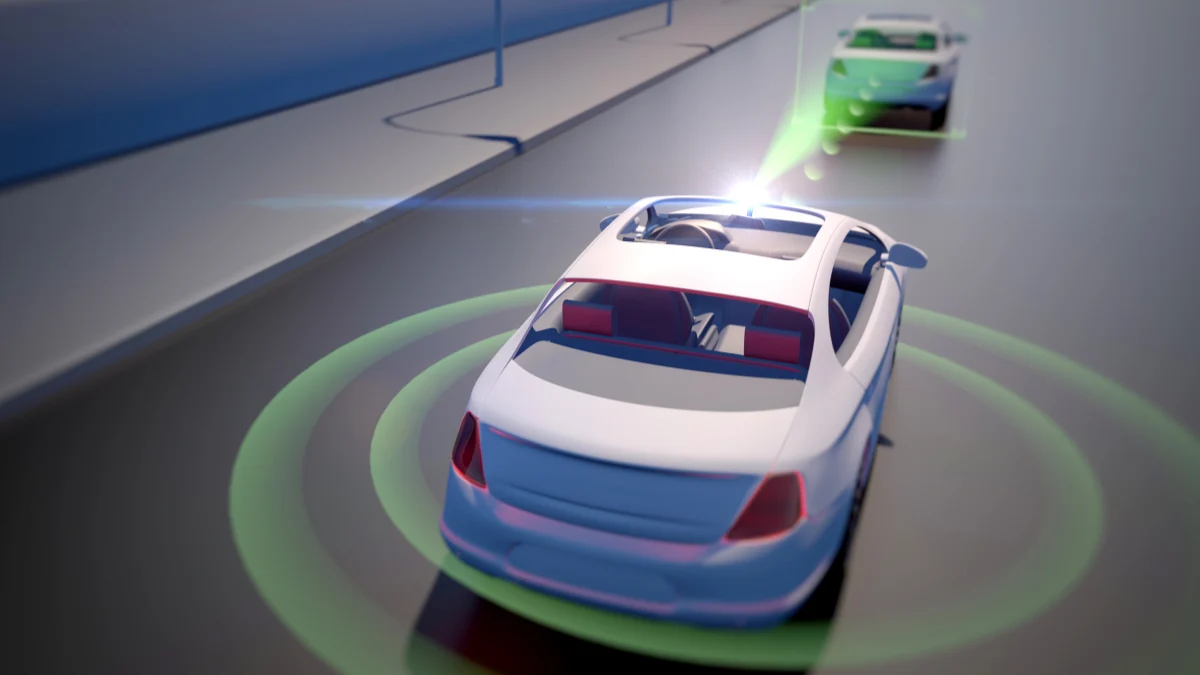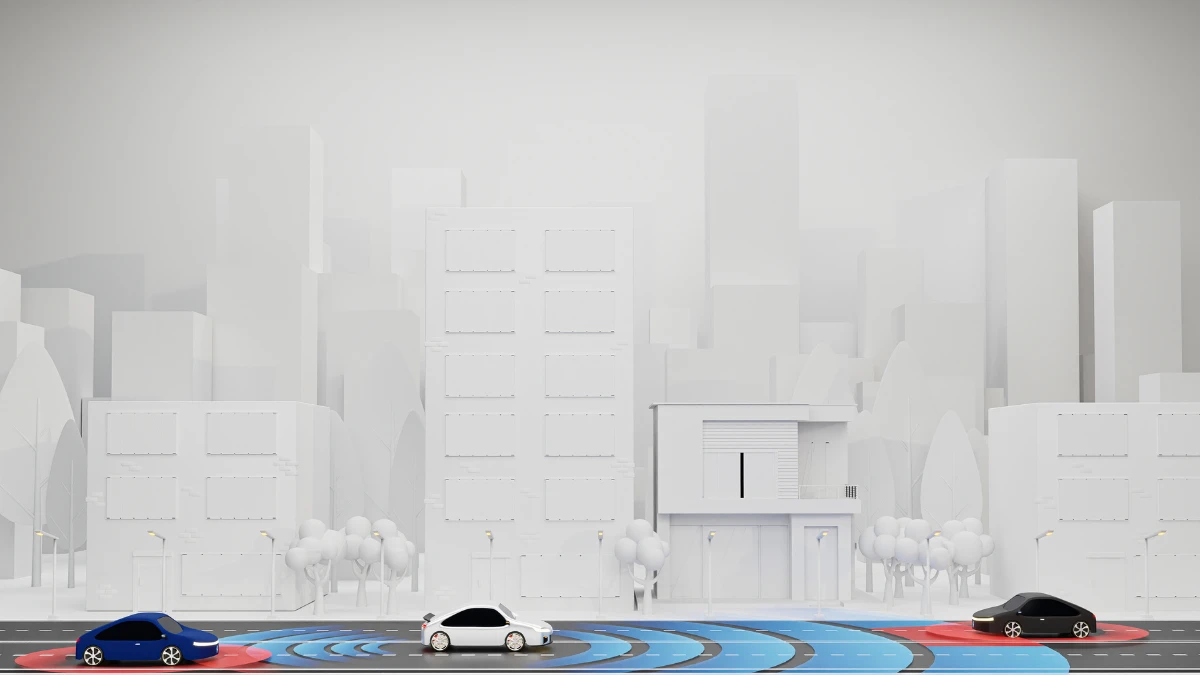The presence of a Vehicle-to-Everything (V2X) provides the ability for vehicles to exchange information with various elements around them. One application of the communication scope of V2X is a Vehicle-to-Vehicle (V2V), which offers several key functions and advantages.
The functions of a Vehicle-to-Vehicle include improving safety and supporting autonomous technology. Moreover, the benefits include road condition alerts, intersection movement assistance, lane change assistance, and accident warning.
This article will give you information about Vehicle-to-Vehicle (V2V), including its functions and the benefits they have.
What is a Vehicle-to-Vehicle (V2V)?

Vehicle-to-Vehicle (V2V) is part of the Vehicle-to-Everything (V2X) system, which encompasses communication between vehicles and various other entities such as road infrastructure (V2I), pedestrians (V2P), and the internet (V2N).
V2V enables vehicles to exchange information wirelessly with other vehicles in the vicinity. Various information, including position, speed, accident information, unsafe lane changes, and other data, can help drivers improve situational awareness and reduce the risk of accidents.
How Does Vehicle-to-Vehicle Work?

Vehicle-to-Vehicle (V2V) works wirelessly to communicate with other vehicles to share information about speed, position, velocity, and direction.
V2V, which uses Dedicated Short-Range Communication (DSRC) wireless technology, works through radio signals with a specific frequency over short distances using the 5.9 GHz band.
To receive, send, and forward information to other vehicles in the vicinity, V2V uses a mesh network, where each vehicle acts as a node to exchange information.
The Function of Vehicle-to-Vehicle
The Vehicle-to-Vehicle (V2V) has several functions, from improving safety to supporting autonomous technology. Here are some of its functions:
- Improving safety: Information related to road and weather conditions from V2V can help drivers anticipate situations and maintain safety.
- Preventing accidents: Information related to potential hazards from V2V can help drivers take preventive measures.
- Supporting autonomous technology: As an important component in the development of autonomous vehicles, they interact and coordinate with each other.
The Benefits of Vehicle-to-Vehicle
The Vehicle-to-Vehicle (V2V) has several benefits, from road condition alerts, intersection movement assistance, lane change assistance, and accident warning. Here are the benefits in detail:
1. Road condition alerts

One application of V2V is to provide road condition alerts. The device will provide drivers with all information about road conditions, such as traffic jams, slippery roads, and potholes.
2. Intersection movement assistance Providing intersection movement information assistance is another application of V2V. When another vehicle approaches an intersection, the driver is informed so they can reduce their speed.
3. Lane change assistance

Another application of V2V devices is lane change information assistance. The device will inform the driver about vehicles in other lanes that may not be visible to the driver, allowing them to take anticipatory action.
4. Accident warning V2V will also provide warnings when there is an accident within a radius of hundreds of meters. Early warnings about accidents ahead or potential collisions will allow drivers to anticipate the situation and increase their caution.
Conclusion
Those are the definitions, functions, and benefits of the Vehicle-to-Vehicle (V2V) that you need to know.
This transportation system is specifically designed for vehicles to “talk” wirelessly with other vehicles around them to exchange various information.
Vehicles will share information related to position, speed, accident information, unsafe lane changes, and other data.
This V2V provides road condition alerts, intersection movement assistance, lane change assistance, and accident warning. This system certainly helps drivers improve situational awareness and reduce the risk of accidents.